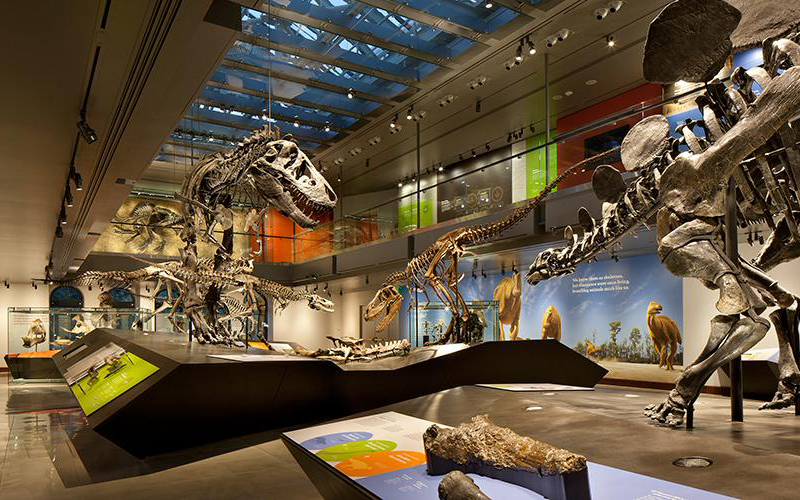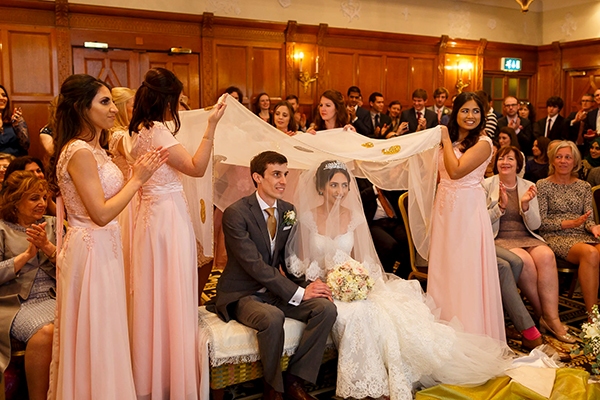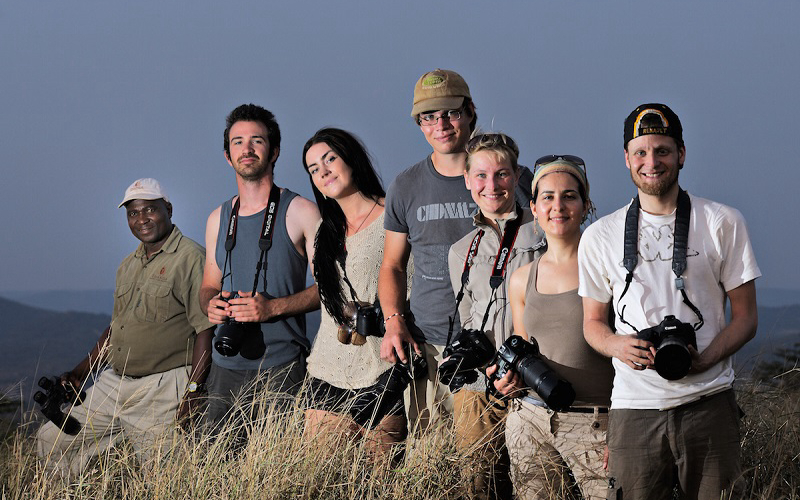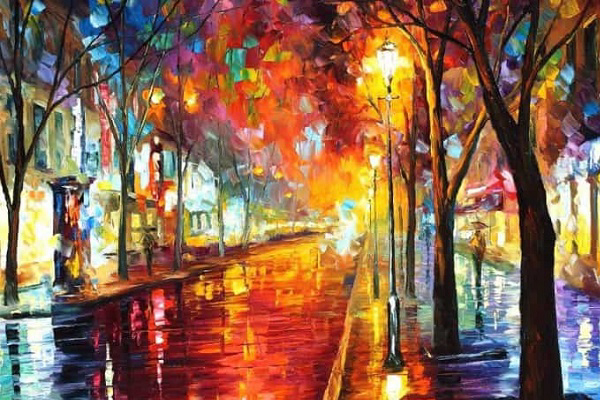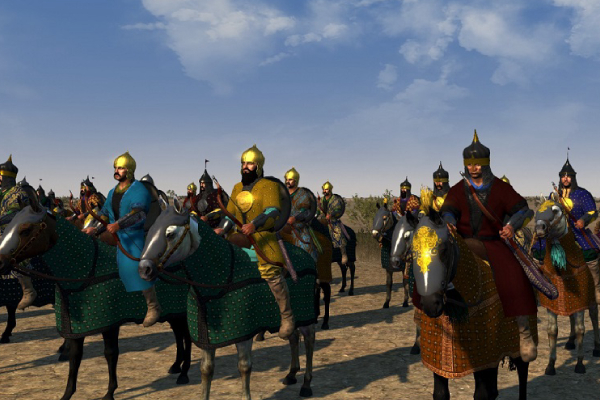Right here in Southern California we have a wonderful museum that has much more to offer than you would think. Bowers Museum, which opened back […]
Read more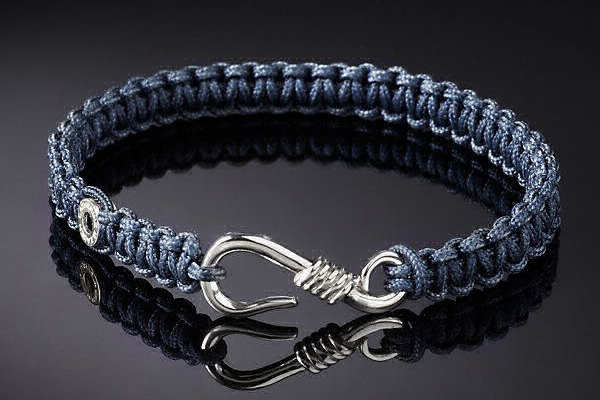
Interview with Catherine M. Zadeh
“Born in Iran, schooled in Paris and finding a place in New York, inspired by all her past lives, the historical buildings and places, ancient art and multicultural influences that shape a life, Catherine Zadeh creates pieces that are impressions reincarnated as sculptural shapes in silver and 18kt gold.”Her designs have been featured in magazines such as Maxim, Forum and Town & Country and are currently at the prestigious Bergdorf Goodman in New York and most locally at Gary’s
in Newport Beach. With her uniquely inspired designs for men, including cufflinks and belt buckles, and her new women’s collection, Catherine Zadeh is truly one of the designers of the moment!
Please tell us a little about your background and experience in design.
I was never formally trained as a jewelry designer. Growing up in Paris, I
was always attracted to art, fashion and beautiful objects. I used to spend my free time holed up in a chambre de bonne dabbling with oil colors on canvases, or hand painting on silk, making pillows and scarves that I would sell to my friends and neighbors.
Did you always know you wanted to be a designer?
Even though I graduated with a degree in business management, I always wanted
to be a designer, no matter the industry. One can express one’s feelings, emotion and sense of style through many venues. Mine happened to be through designing jewelry.
I am in this field today because my husband who was incidentally in the diamond industry at the time encouraged me to design my own pieces that he could manufacture. I think that if he were in the fashion industry, I would have become a fashion designer; if he were an architect I would have been an interior designer, and so on.
Tell us about the starting point of your career.
10 years ago, a male friend saw 3 self made stackable rings with diamonds that I was wearing and commissioned me to create a necklace for his wife. This was the starting point of my “career”. After 3 other commissions, he suggested that I design some cuff links for him. He loved the designs so much that he encouraged me to put together a line to sell to stores.
It was beginner’s luck when I landed my first appointment with the prestigious Bergdorf Goodman Men. They picked up my line and I have been there ever since. Today several other high-end menswear and jewelry stores carry the men’s collection.
What challenges, if any, did you face in the beginning?
I was not really challenged at the beginning of my career, for Bergdorf Goodman set the tone and others followed. There weren’t that many men jewelry designers per se and my designs stood out. I think my real challenge was having to juggle between being a mom to my three young daughters and having a career.
I wanted to grow at a reasonable pace as to never jeopardize the well being of my family. Today is a different story: My daughters are older, and I have
since decided to give women’s jewelry a go.
Tell us a little about your new women’s jewelry collection.
I created a line of jewelry in 18kt green gold, with an organic aura to it. The metal is encrusted with small and delicate diamonds, giving the piece understated brilliance without being too overwhelming. I have also created a new collection of bold belt buckles in sterling silver with candy-colored straps to be worn casually, with a ripped pair of jeans for instance.
What inspires your designs?
The “Bubble” collection was inspired by a day at the beach in the Hamptons, as I intently observed the foam created by the water on the sand. Circles of different sizes and shapes seemed to connect in my mind creating striking earrings and necklaces. Every thing inspires me: architecture, nature, color, texture, people, a particular state of mind, an event, a smile.
What is your advice to young aspiring designers?
Being a designer is easy; being successful is a different story. If I had to do it all over again, I would get an MBA, to understand how to market a collection and how to run a business. You can’t learn to be creative. You either have it or not! Learning about the manufacturing end of it is also crucial. I think understanding how a piece is made is vital to the appreciation of the final product. Then I would intern or work within the industry to learn more and acquire some more experience.
Aside from these minor technicalities, it is all up to you, your creativity, your passion, and your persistence. Never take rejection personally. Respect and believe in yourself. I also think it’s important to be patient. I have been working at this business for over ten years now, and it is still not at the level I have dreamed of. Nevertheless, I remain confident that, in time, my collection will be embraced for what it is and I will one day feel fulfilled for all the time and effort I have invested in my job. Some luck wouldn’t hurt either!

